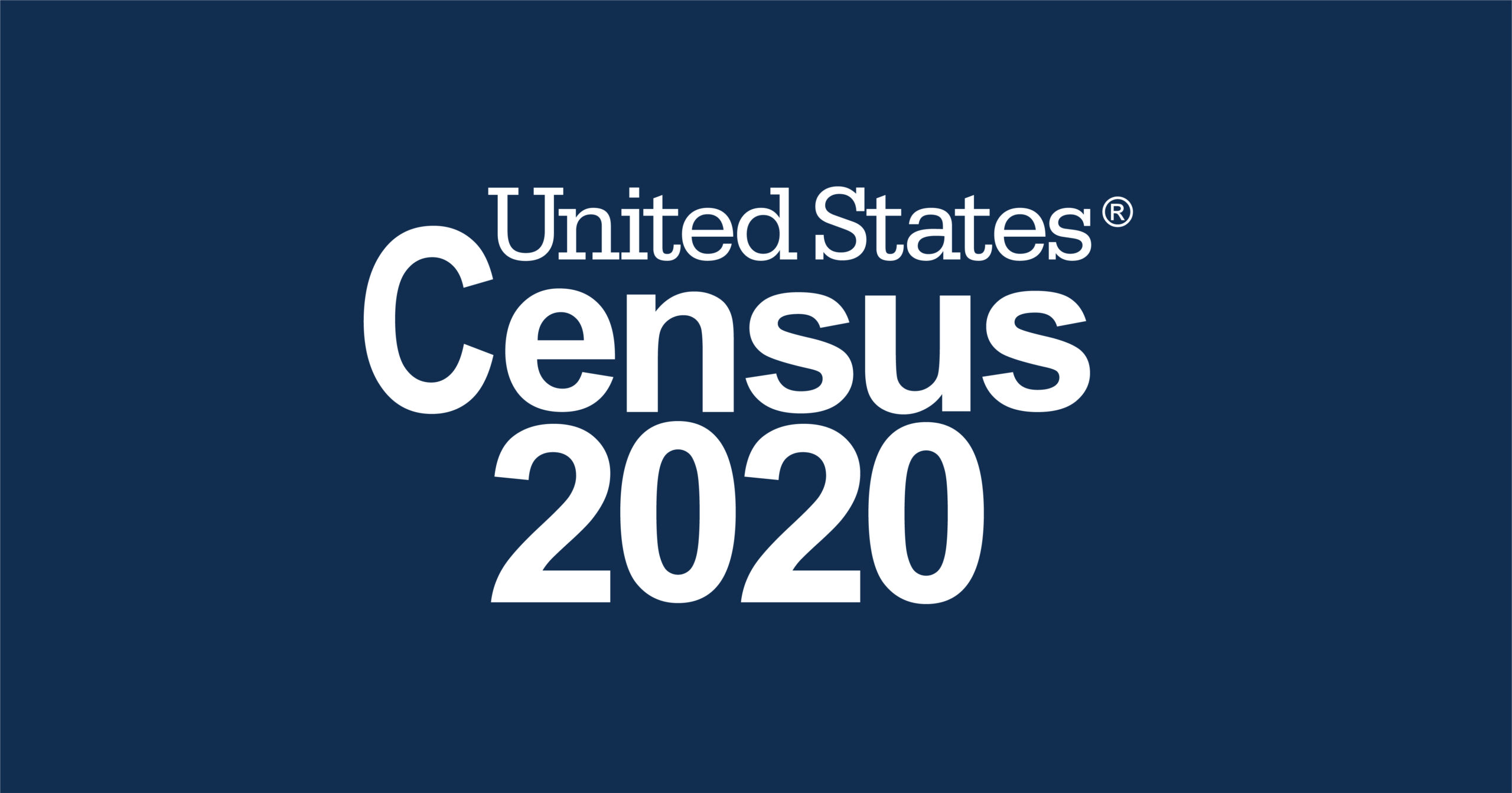The census bureau released its initial data set on Monday, setting the stage for a national redistricting that occurs every ten years.
The release projects a drop in the Empire State’s congressional delegation from 27 to 26. This reduction comes in spite of the fact the state’s population grew by nearly 4% to 20,125,751. That’s a nearly 800,000 person increase from a decade ago.
New York’s population determines the congressional count, and more residents moved to other states than those it took in. New York has consistently lost congressional seats for decades, but today’s release brought surprising news of how close the state was to its delegation remaining intact.
“If New York had 89 more people, the state would not have lost a congressional seat,” said Kristin Koslap, senior technical expert for the Census Bureau’s population division. That narrow loss of one seat countered projections that the state was in jeopardy of losing two seats.
That 89 person difference highlights the importance of census participation and has called into question the handling of the deadline for tallying. The deadline was not extended by the bureau, which many called for as a result of the impact the pandemic had on data collection.
The reduction means the state’s commission for redistricting will have a tougher effort redrawing the congressional map. “My hope is that districts in New York City are not affected by the reduction,” said Mayor Bill De Blasio, citing the city’s strong effort in participating in the first modern census conducted during a pandemic.
Those redistricting decisions will not be projected until a subsequent data release expected by September 30, which will include in-depth demographic info, as well as migration data from within the state.
The Bronx is represented by the 14th, 15th, and 16th congressional districts. In 2010, the last national redistricting year, the number of districts covering the Bronx changed; however, the general political makeup of Bronx congressional districts remained relatively unchanged. It will however reduce the number of electoral votes the state has in future presidential elections from 29 to 28.

